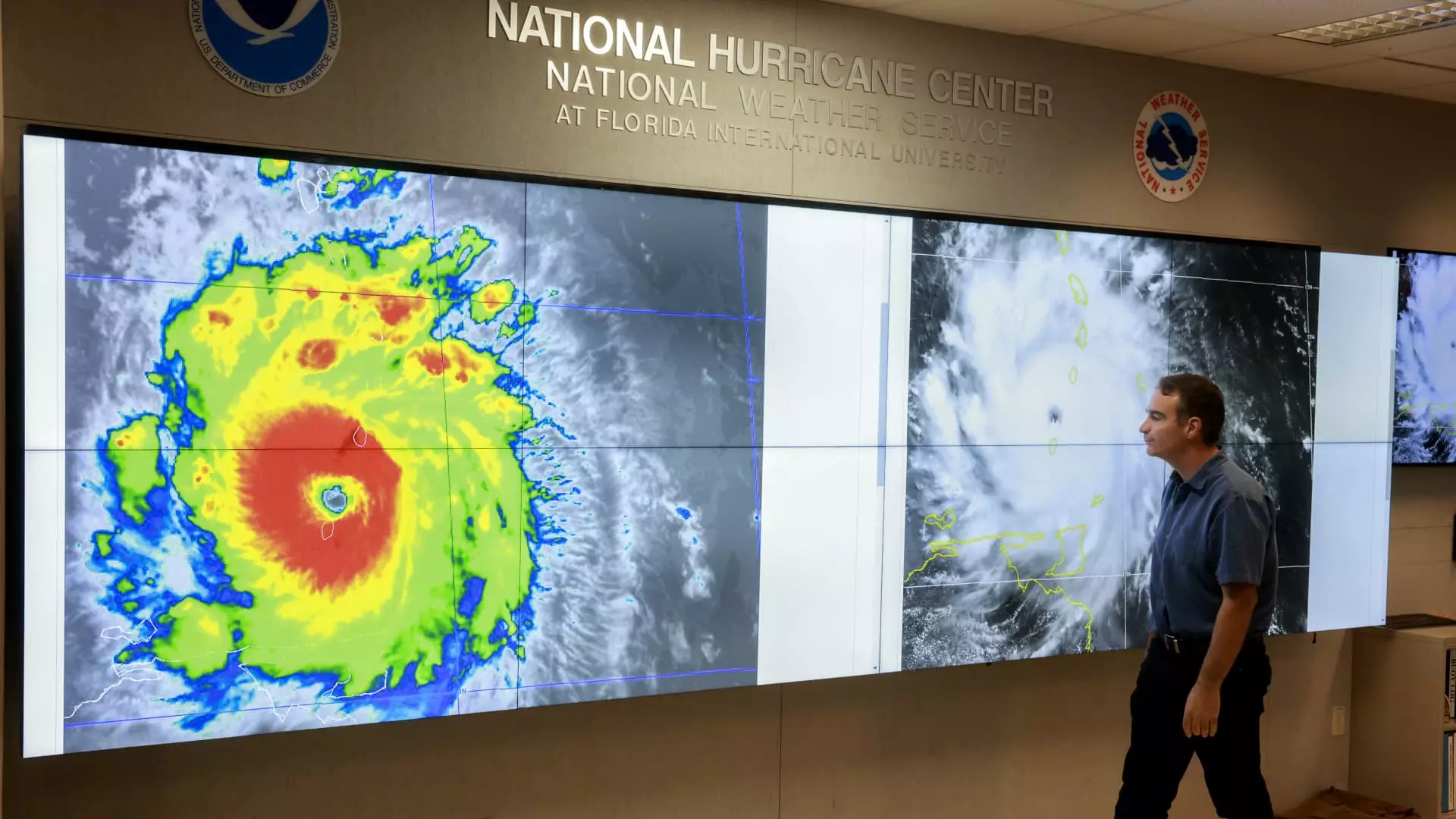In its latest assessment, the National Oceanic and Atmospheric Administration (NOAA) has projected a looming storm season for 2025 with a disquieting 60% chance of it exceeding average intensity. Twelve to eighteen named storms are anticipated, with a marked emphasis on the potential for six to ten to escalate into hurricanes. If recent history teaches us anything, it’s that preparedness has never been more critical. Storms like Helene and Milton, which wreaked havoc last year, serve as harbingers of the catastrophic consequences awaiting unprepared communities.
However, merely presenting statistics fails to capture the existential crisis at hand. With climate change now a harsh reality, the debate must transcend theoretical conversations. Ignoring the underlying issues in climate science—exacerbated by budget cuts—does a disservice to the communities that rely on effective disaster prediction and response.
The Economic Effects of Climate Disasters
The Insurance Information Institute recently reported splendid underwriting performance within the property casualty insurance industry, the best since 2013, despite over $37 billion in losses attributed to hurricanes in 2024. This paradox speaks volumes about the industry’s resilience, yet the foundations upon which it stands are perilously fragile. With companies facing over $50 billion in losses from California wildfires alone, the dual threat of increasing natural disasters and evolving economic challenges can hardly inspire confidence.
The statistics are alarming: over the past decade, average annual losses have surged by 90%. As Bill Clark from Demex insightfully noted, the costs of reinsurance are climbing to levels unseen in 20 years. Ironically, while the industry has adapted remarkably in some respects, it is simultaneously hamstrung by burgeoning exposure. More individuals are settling in high-risk areas as property values skyrocket, leaving insurers with an untenable task: how to sustain profitability without abandoning the very communities they are intended to protect.
Resilience Is Non-Negotiable
Mitigation efforts are essential if we want to protect communities from future calamity. Unfortunately, the lukewarm commitment from federal and local governments has resulted in piecemeal initiatives rather than a cohesive disaster response strategy. Cynthia Lee Sheng, president of Jefferson County Parish, articulated a profound truth: for every dollar spent on disaster mitigation, we can expect a saving of approximately $13 during recovery efforts. This could translate into billions saved, offsetting financial burdens on individuals and taxpayers alike.
However, prioritizing resilient infrastructure must be more than a talking point; it necessitates real investments in public works, controlled urban development, and stringent building codes. Failure to act could exacerbate existing vulnerabilities, leading to even more tragic outcomes when disaster strikes.
Political Will and Public Awareness
For too long, discussions around climate preparedness have been relegated to partisan mudslinging, missing an opportunity for true bipartisan cooperation. Political leaders should prioritize proactive measures that blur the lines of political affiliation and focus on our shared vulnerability to climate-related disasters. Recognizing that hurricanes, wildfires, and severe storms will not distinguish between “liberal” or “conservative” communities should inspire unity in action.
Public awareness is equally crucial. Citizens must understand that their actions influence the larger narrative. Investing in personal and community preparedness must be a collective endeavor. This involves everything from strengthening homes to engaging actively with local disaster response efforts. When communities come together to prioritize resilience, they create a formidable bulwark against the storms that loom ahead.
As we brace for what NOAA forecasts as a turbulent hurricane season, we find ourselves at a critical juncture. While forecasting models have improved significantly, they are useless without the political will to act and investment in resilient infrastructure. With climate risks escalating and insurance industries struggling to adapt, we must rally to prioritize preparedness and foster a culture of resilience—because the stakes have never been higher.


Leave a Reply